Retro Replay Review
Gameplay
Alien Garden places you in control of an embryonic life-form navigating a mysterious, scrolling planet teeming with crystalline clusters. The core mechanic revolves around experimentation: each crystal you encounter may be nutritious, neutral, or deadly. Your life-form can interact using its tail, stinger, or wings, and choosing the correct tool is essential for survival.
(HEY YOU!! We hope you enjoy! We try not to run ads. So basically, this is a very expensive hobby running this site. Please consider joining us for updates, forums, and more. Network w/ us to make some cash or friends while retro gaming, and you can win some free retro games for posting. Okay, carry on 👍)
Trial and error drives the gameplay loop. Since the behavior of the 24 crystal clusters randomizes on each play session, no two runs are identical. You must observe subtle cues—like color shifts or response animations—to determine which crystals are safe food sources, which react positively to stings by growing, and which are fatal to touch.
As you feed and provoke the crystals, your creature grows and evolves. Surviving through up to 20 generations adds a layer of long-term progression, encouraging you to learn from each demise. This evolutionary aspect rewards careful adaptation and strategic planning over raw reflexes.
The controls are simple yet precise, with responsive input for directing your creature’s stings, wing flaps, and tail whips. While there’s no traditional health bar, your life-form’s size and speed indirectly reflect its vitality. Mastering the rhythm of movement and interaction is key to pushing your lineage further.
Because there are no explicit checkpoints, every decision feels weighty. You’ll replay multiple times just to map out the crystal behaviors, turning each session into a puzzle. This emergent discovery process makes Alien Garden feel more like a living experiment than a linear game.
Graphics
Originally released in the early era of home computing, Alien Garden’s visuals embrace a minimalist yet surreal style. The planet surface scrolls smoothly beneath your creature, revealing vibrant crystal formations that contrast sharply against a dark backdrop. This stark palette highlights each interaction without overwhelming the player.
Each crystal cluster is rendered as a delicate, geometric bloom of color. When you sting a growth crystal, it flares and expands in animated ripples, giving life to the otherwise static environment. Fatal crystals often display ominous hues and subtle pulsing, hinting at danger for observant players.
Your embryonic avatar is depicted with simple, curving lines that still convey a surprising sense of personality. Its movements are fluid, and the slight bob of its body as it flies or stings adds charm. Though primitive by today’s standards, the animation quality was groundbreaking for its time and still holds a certain retro appeal.
The game’s scrolling mechanics ensure the world feels larger than the screen, creating a sense of exploration. As you traverse across clusters, new color combinations and patterns emerge, keeping the visual experience fresh. The lack of elaborate backgrounds focuses your attention squarely on the interactive elements.
Overall, Alien Garden’s graphics are a masterclass in design economy. By working within tight technical constraints, the developers forged a unique aesthetic that remains memorable. Modern players may find the style quaint, but its influence on generative art and software toys is undeniable.
Story
Alien Garden foregoes a traditional narrative in favor of a conceptual framework that frames your creature’s life cycle. There’s no text-based lore or cutscenes; instead, the story emerges through gameplay and evolution. Each generation tells a small tale of growth, peril, and adaptation.
The absence of explicit storytelling allows players to project their own motivations onto the embryonic protagonist. Are you a pioneering explorer adapting to a hostile world, or a small organism simply struggling to propagate its species? This open-ended approach invites personal interpretation and creative immersion.
Subtle environmental cues hint at a larger ecosystem at work. The randomization of crystal behavior suggests a living planet constantly in flux. This dynamic setting functions as both backdrop and antagonist, giving each session a unique narrative arc defined by trial, triumph, and occasional tragedy.
Although minimalist, the story is reinforced by the evolutionary progression mechanic. Watching your creature grow larger or sprout new appendages after repeated successes imbues each generation with a sense of legacy. You witness the imprint of your choices on the environment and on your lineage’s form.
By making experimentation the primary storytelling device, Alien Garden predates modern emergent narrative games. It challenges players to find meaning in patterns and adapt to change, an experience that feels remarkably fresh even decades after its release.
Overall Experience
Alien Garden stands out as an early pioneer in the software toy genre, prioritizing exploration and emergent gameplay over preset objectives. Its simple premise—survive by poking crystals—unfolds into a richly rewarding experiment in adaptation and discovery. For players who enjoy puzzle-solving and open-ended challenges, it’s a timeless gem.
The game’s replay value is exceptionally high thanks to randomized crystal behaviors. No two playthroughs feel the same, and the learning curve invites players back again and again to refine their strategies. This makes Alien Garden as much about personal mastery as it is about reaching an end state.
While modern audiences may find the presentation dated, the core design philosophy remains influential. The emphasis on player-driven experimentation paved the way for countless indie titles that blend art and interaction. As a historical piece, Alien Garden is fascinating; as a playable experience, it still surprises with its depth.
The lack of explicit instructions can be daunting at first, but perseverance is richly rewarded. Each new generation that survives longer than the last brings a genuine sense of achievement. It’s a meditative experience that encourages observation, patience, and creativity.
Ultimately, Alien Garden is more than a relic—it’s a testament to the power of play as a storytelling medium. Whether you’re a retro gaming enthusiast, a curious programmer, or someone seeking a different kind of challenge, this software toy delivers a unique and memorable journey.
 Retro Replay Retro Replay gaming reviews, news, emulation, geek stuff and more!
Retro Replay Retro Replay gaming reviews, news, emulation, geek stuff and more!
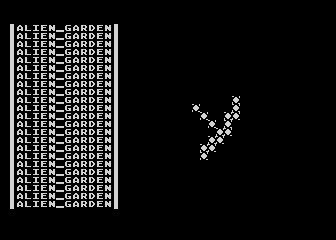
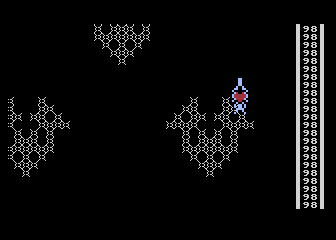
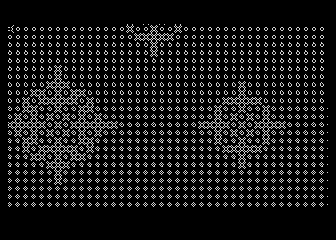
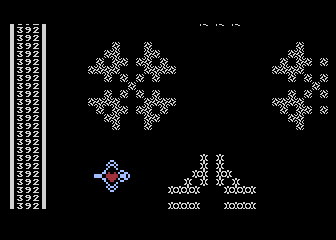
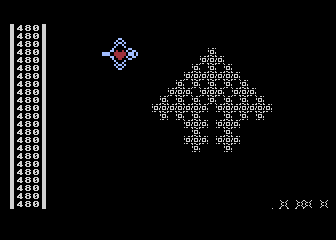
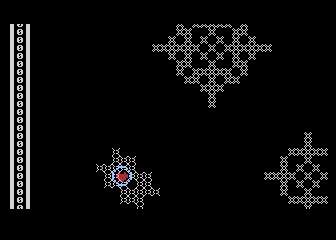


Reviews
There are no reviews yet.